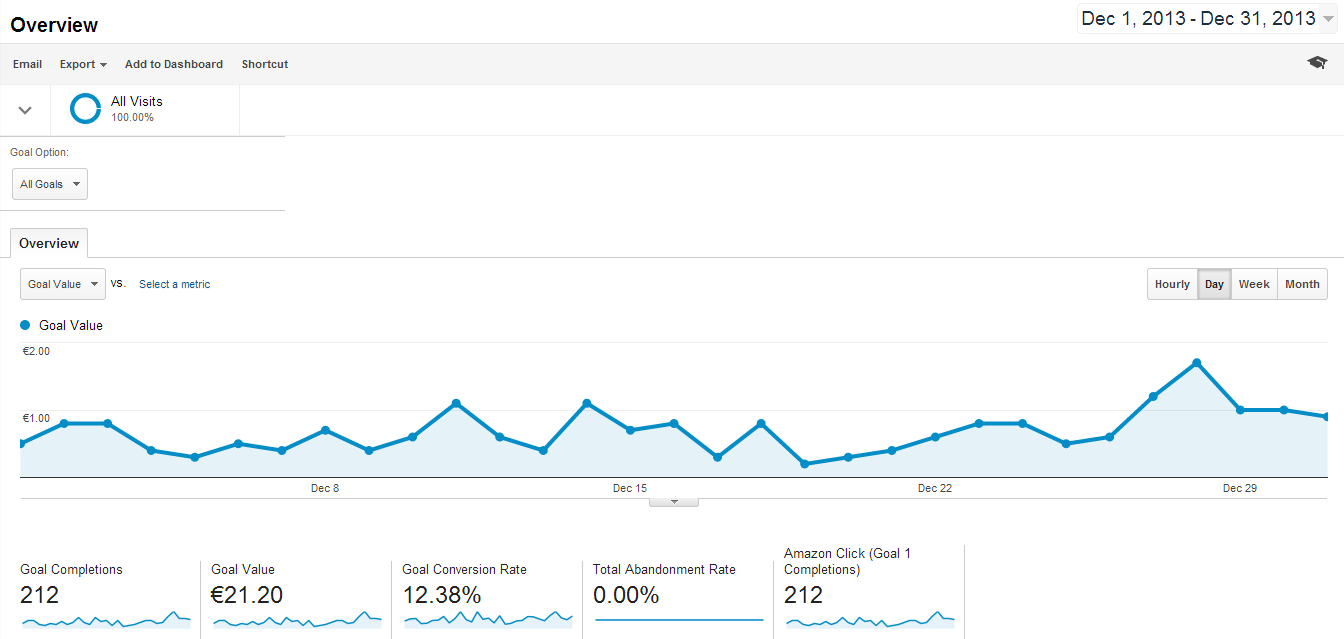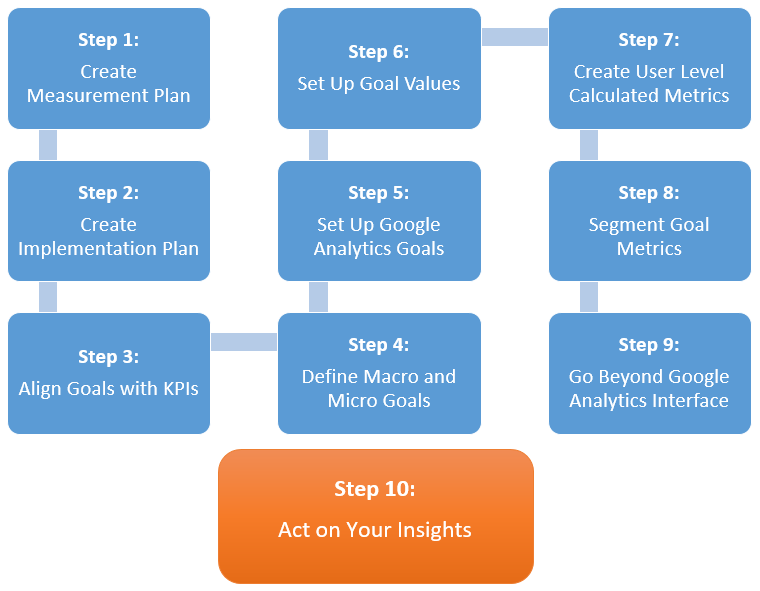What Data Is Google Analytics Goals Unable to Track: A Total Guide
Wiki Article
Debunking Google Analytics Limitations: Reveal What Data Goals Can not Track
In the realm of digital analytics, Google Analytics stands as a powerful tool that supplies important insights into website efficiency and user actions. Amidst its capabilities, there exist constraints that often go unnoticed. Understanding what Google Analytics can not track is vital for a detailed grasp of information analysis and decision-making processes. From the details of individual interaction with vibrant content to the intricacies of cross-device individual journeys, these constraints clarified locations that might remain obscured from typical analytics perspectives. By untangling these restrictions, a clearer picture emerges, permitting more educated approaches and refined understandings into individual involvement and conversions.
User Interaction With Dynamic Material
Customer communication with dynamic web content plays a crucial duty in understanding individual behavior on internet sites and enhancing the total user experience. Dynamic web content refers to elements on a page that can alter without the need for a complete web page reload. This consists of interactive elements such as pop-ups, sliders, kinds, and video clips that respond to user actions in real-time. By tracking user interactions with vibrant material, web site proprietors can acquire beneficial insights right into customer engagement, choices, and habits.Google Analytics offers different tools to track individual interactions with vibrant material, such as occasion tracking and digital pageviews. Occasion tracking permits you to check specific individual actions, like clicking a button or seeing a video clip, providing information on how users connect with vibrant components. Online pageviews can be used to track communications that do not lead to a brand-new page lots, giving a thorough view of customer engagement with dynamic content. By examining this information, site owners can make enlightened choices to boost user experience and drive conversions.
Cross-Device User Journeys
How can modern analytics tools track the facility paths users take across several tools in their on the internet journeys? Cross-device user trips present a substantial difficulty for monitoring and assessing user behavior precisely. As users communicate with internet sites or applications utilizing different tools such as desktops, tablet computers, and smartphones, it becomes vital to understand just how they relocate between these platforms to enhance user experience efficiently.Google Analytics deals with restrictions in tracking cross-device customer trips as a result of privacy problems and technological restraints - what data is google analytics goals unable to track. While it can give understandings right into specific tools' communications, tracking a smooth individual journey across numerous gadgets remains a difficulty. This constraint can cause insufficient information and fragmented individual understandings, making it tough for services to produce a unified sight of the customer trip
To resolve this issue, companies can use sophisticated analytics devices that offer cross-device tracking capacities, allowing them to gain an extra all natural understanding of customer actions. By leveraging these tools, businesses can link the gap in tracking cross-device individual trips and maximize their electronic techniques for a seamless customer experience.
Offline Conversions and Attribution
As organizations browse the difficulties of tracking cross-device user trips, one more essential facet to think about is the world of offline conversions and attribution in the world of information analytics. While Google Analytics provides useful insights into online customer behavior, it falls short when it involves tracking conversions that occur offline. This limitation poses a substantial challenge for companies that have both look at this site online and offline sales networks.Offline conversions, such as purchases made in physical shops or through telephone call centers, are necessary to recognizing the full customer journey. Without the capacity to connect these offline conversions to details on-line interactions, services might have a hard time to properly measure the influence of their digital advertising efforts.
To address this void, organizations can explore different services such as incorporating CRM systems with online analytics tools or making use of one-of-a-kind discount codes that can be mapped back to online projects. By linking the gap in between online and offline information, organizations can acquire a more detailed understanding of their clients' habits and improve their general marketing techniques.
Person User Identification
In the realm of information analytics, the capacity to properly identify individual customers across different on the internet touchpoints is a vital difficulty for businesses looking for to individualize and optimize their advertising and marketing approaches. While Google Analytics supplies important insights into customer habits and interactions, it drops short in allowing the recognition of particular individuals because of personal privacy issues and technical limitations. Google Analytics uses unique identifiers such as cookies to track user sessions and behavior, yet these do not equate to identifying individual customers in a personal sense.
Information From Secure Pages
Regardless of the raising frequency of protected web pages on websites, acquiring data from these encrypted resources presents an unique obstacle for digital analytics platforms like Google Analytics. Secure pages, shown by HTTPS in the URL, secure data traded in between the customer's browser and the web site's server to make sure privacy and safety. While this file encryption is important for securing delicate info, it likewise postures limitations for tracking user behavior and gathering analytics information.Google Analytics faces barriers in gathering comprehensive details from protected web pages due to the security procedures in position. Because of this, specific information factors such as referral sources, keyword searches, and even some user interactions may not be totally recorded when customers access a web site with a safe and secure link. This limitation can impact the accuracy and completeness of the data evaluation, bring about gaps in understanding user behavior and preferences on secure pages.
To navigate this difficulty, digital experts may need to check out alternate monitoring approaches or utilize various other devices especially created to collect understandings from safe pages. By adapting approaches to accommodate these limitations, services can still obtain useful analytics in spite of the constraints presented by encrypted connections.
Verdict
In verdict, Google Analytics has restrictions in tracking customer interaction with dynamic content, cross-device customer journeys, offline conversions, specific user identification, and information from safe and secure web pages. Despite its important understandings, Google Analytics may not offer a complete Look At This photo of individual engagement throughout numerous touchpoints.Individual interaction with dynamic web content plays a vital role in recognizing individual actions on sites and maximizing the overall individual experience. By tracking customer interactions with dynamic web content, internet site proprietors can gain useful insights into individual engagement, choices, and actions.
Google Analytics utilizes one-of-a-kind identifiers such as cookies to track customer sessions and habits, however these do not correspond to recognizing individual users in a these details personal sense.
As an outcome, particular information factors such as referral sources, keyword searches, and even some individual communications might not be totally captured when users access an internet site through a protected connection.In final thought, Google Analytics has restrictions in tracking customer communication with vibrant web content, cross-device customer trips, offline conversions, specific customer recognition, and information from safe and secure pages.
Report this wiki page